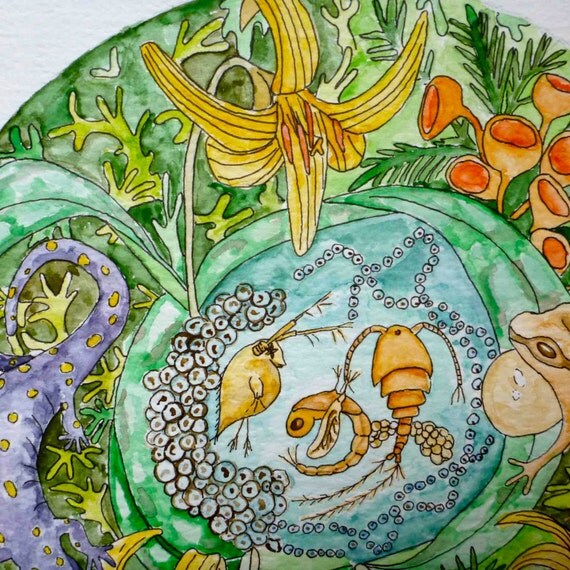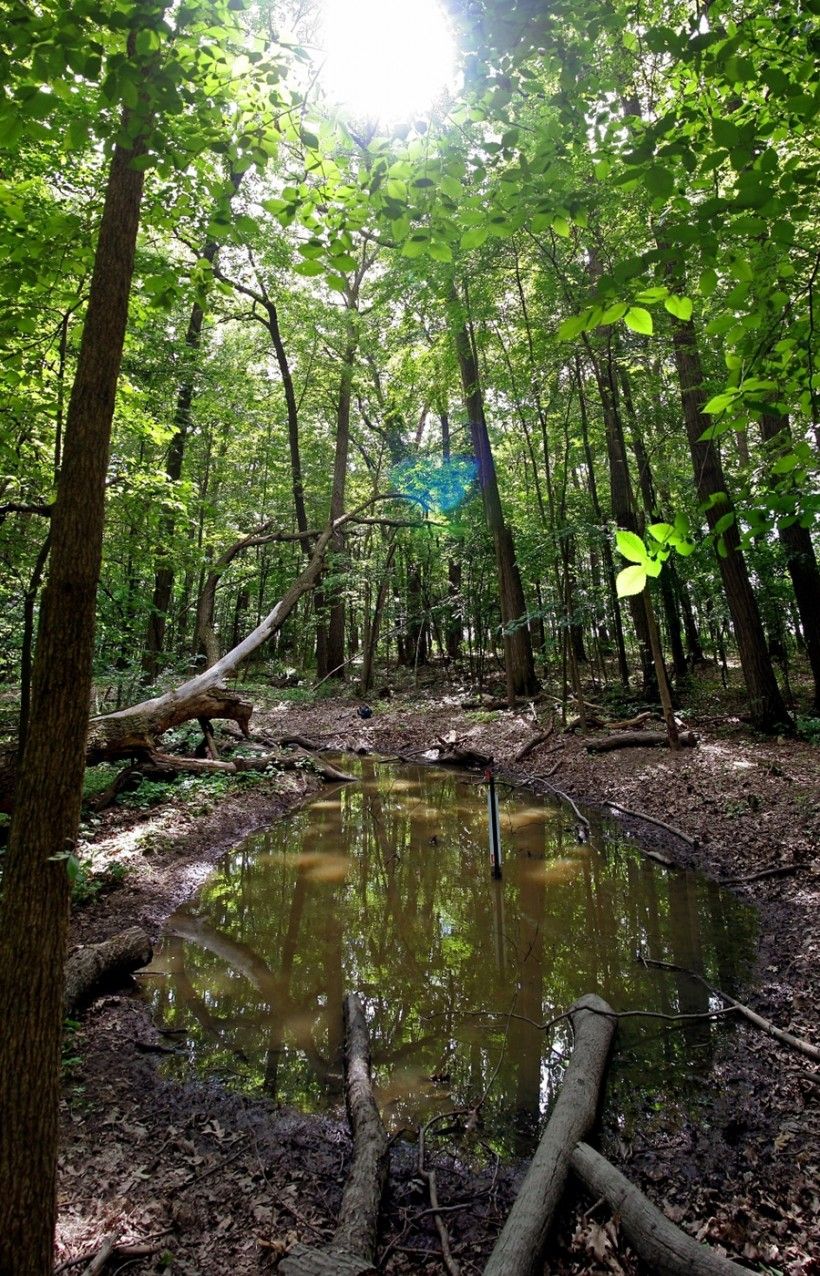


Supported by the Azure Marketplace, custom images, and Azure Compute Gallery.Ideal for stateless applications and workloads.The key features of ephemeral disks are the following:

With Ephemeral OS disks, you get lower read/write latency to the OS disk and faster VM reimage. Ephemeral OS disks work well for stateless workloads, where applications are tolerant of individual VM failures but are more affected by VM deployment time or reimaging of individual VM instances. For more information on the performance of a managed disk, see Disk allocation and performance. You can use the Bicep modules in this GitHub repository to deploy an AKS cluster and repeat the tests described in this article.Įphemeral OS disks are created on the local virtual machine (VM) storage and not saved to the remote Azure Storage, as when using managed OS disks.
#Ephemeral pools upgrade
You will also get faster cluster operations like scale or upgrade thanks to faster re-imaging and boot times. With ephemeral OS disks, you see lower read/write latency on the OS disk of AKS agent nodes since the disk is locally attached. The decrease in female abundance registered towards the end of the hydroperiod could be related to a combination of factors that may have a differential effect on female survival, such as increasing temperature, the energy cost of egg sacs development and carrying, and oomycete infection.This article analyzes in-depth the available configuration settings for the ephemeral OS disk in Azure Kubernetes Service (AKS). sarsi to the predator Notonecta vereetbrughenni. This infection does not affect the susceptibility of P. Females have the capacity to release an infected egg sac and generate a new one in few days. The mean prevalence of infection in females was 53%, reaching 83% in December. sarsi females in the short-term, but did produce the mortality of entire egg sacs, thus impacting negatively on the next recruitment. Infection occurred after a decrease in large filter feeder densities. Infections were detected at water temperatures greater than 20☌, with a positive relation between temperature and parasite prevalence. Two species were always found together, identified as: Aphanomyces ovidestruens and Pythium flevoense. sarsi females were parasitized by oomycetes. Although five species of copepods were present in the pond, only ovigerous P. Laboratory experiments were performed to evaluate the susceptibility of infected copepods to consumption by predators. A complete hydroperiod was monitored evaluating environmental variables as influencing factors in the oomycete infections. This study aimed to characterize oomycete infection in the freshwater copepod Parabroteas sarsi, in a temporary pond in Patagonia (Argentina). Also, many habitats of the microcrustaceans are ephemerals, that would be studied under metapopulation and metacommunities view point.Ĭopepods are host of various oomycete parasite species, but the effects of pathogens on copepod populations have been rarely studied. Their spatial distribution is probably explained by the presence of migratory birds. High crustacean species richness was recorded from Southern Patagonia, this region having species of southern South American and Sub-Antarctic islands origin. In the literature the diapause strategy was described from anostracans, cladocerans and copepods as microcrustaceans, and amphipoda in malacostracan crustaceans.

The present study is: (a) wider review of the diapause process in inland water crustaceans and its ecological, evolutionary and biogeographical implications, and (b) it’s application to microcrustacean assemblages in inland waters in southern Patagonia. In the long term, this colonization process can enhanced genetic isolation as the first step in the process of species evolution. This strategy also, aids dispersion and colonization in new environments. The production of diapause eggs is a strategy for survival adopted by microcrustaceans living under adverse environments.


 0 kommentar(er)
0 kommentar(er)
